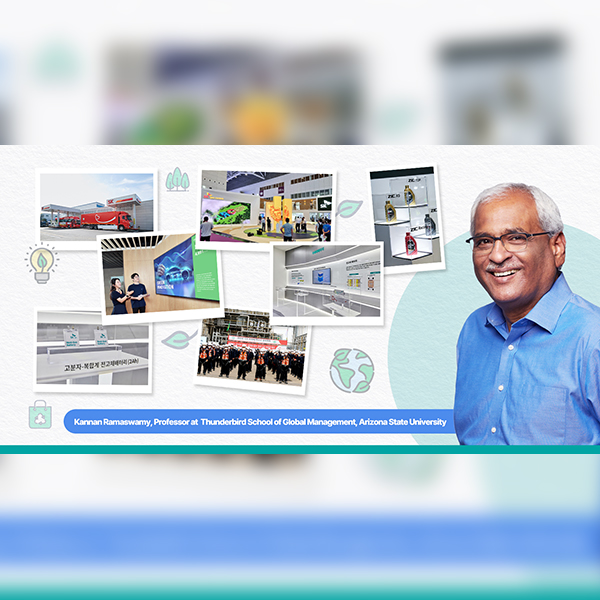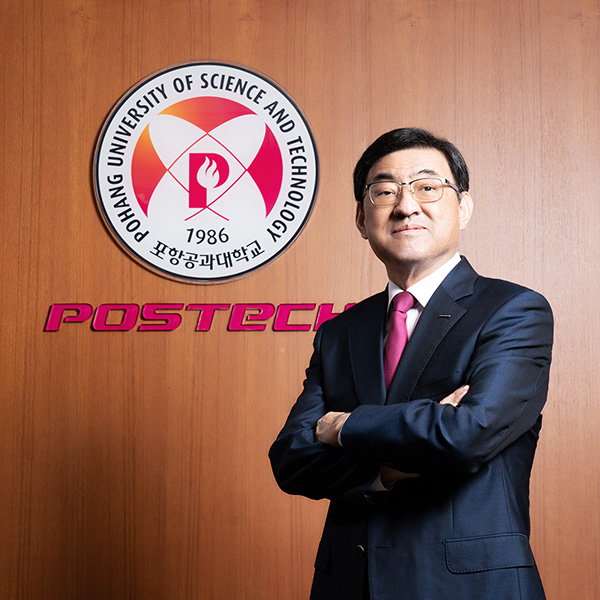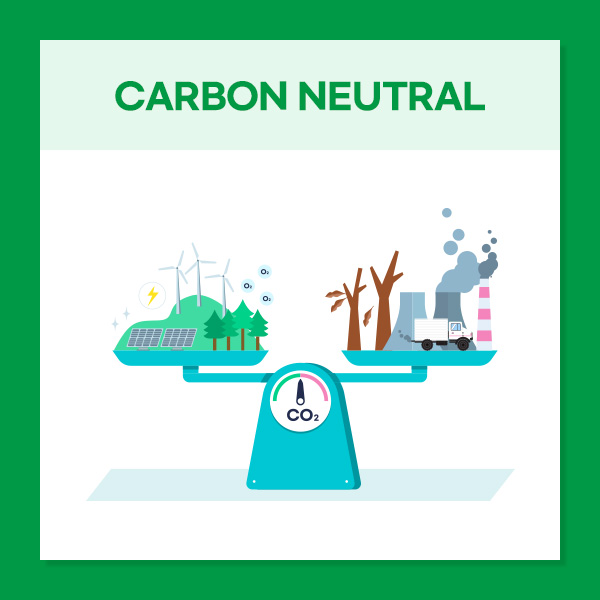 Expert Voices
Expert Voices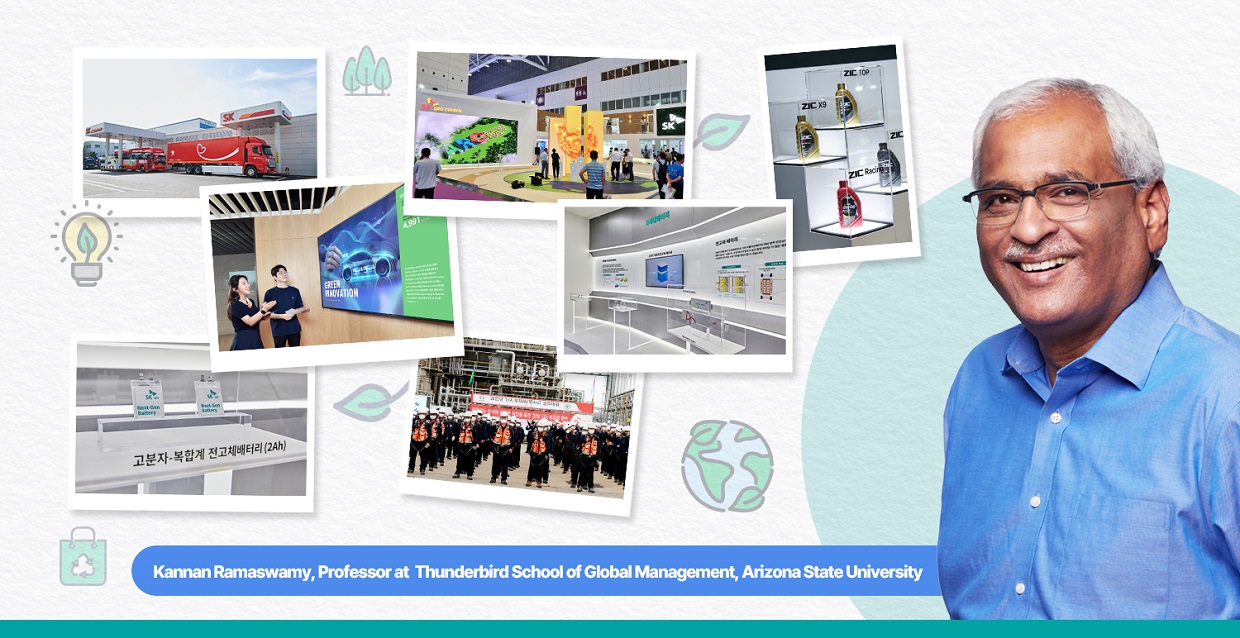
The world seems awash in promises addressing climate change, pledges to reduce our carbon footprint, and declarations of a new and green future. However, there’s no sign of progress actually being made.
In this scenario, you take one step forward and two steps back, or if you’re lucky, you take steps around the side. The major fossil fuel giant, ExxonMobil, declared that the world will not be able to meet its carbon reduction commitment that most countries signed up for in 2016 as part of the Paris Climate Accords.
The market for oil and gas mergers seems to be heating up with bigger and bolder deal making. In a rare sliver of hope, the IEA recently predicted that the share of fossil fuels in the energy mix will decline from 80% to 73% by 2030 with renewables surpassing coals as a preferred source of electricity generation as early as 2027.
While the macro picture seems disappointing to ardent environmentalists and climate protection advocates, there are shoots of hope that are visible among some of the world’s leading energy companies, some of whom have initiated major strategic transformations. SK Innovation is one such player deeply entrenched in a major strategic transformation towards a green energy future. We conducted an in-depth peer analysis to assess how well SKI has progressed along the green transformation path and gain insights into its sources of discriminatory advantage that it taps into as part of its journey to a green future.
SK Group sees itself as a global player and has been able to successfully compete across a range of industries on the global stage. Its legacy petroleum and petrochemicals business is no exception. Therefore, we constructed a peer group that was reflective of the global nature of the industry and SK Innovation by including companies that were regionally dominant in Asia-Pacific, North America, and Europe.
We also included two of the super majors as well as the aspirational peers given their focus on the transition to green energy alternatives. The peers were matched with SK Innovation based on their business focus, an emphasis on the downstream value chain, comparable in terms of revenue footprint, and leading players in their own right.
We gathered historical data on each of the companies in the peer group for two distinct points in time, 2016 because that was the year the Paris Accords addressing climate change were signed and 2022, the most recent year that complete data were available for all the peer companies.
We focused primarily on actions taken rather than plans and favored an emphasis on objective, verifiable, and publicly available evidence within the realm of their green transformation journey. Building on the data, we constructed measures to capture both the breadth and depth of their initiatives and commitments to the energy transition.
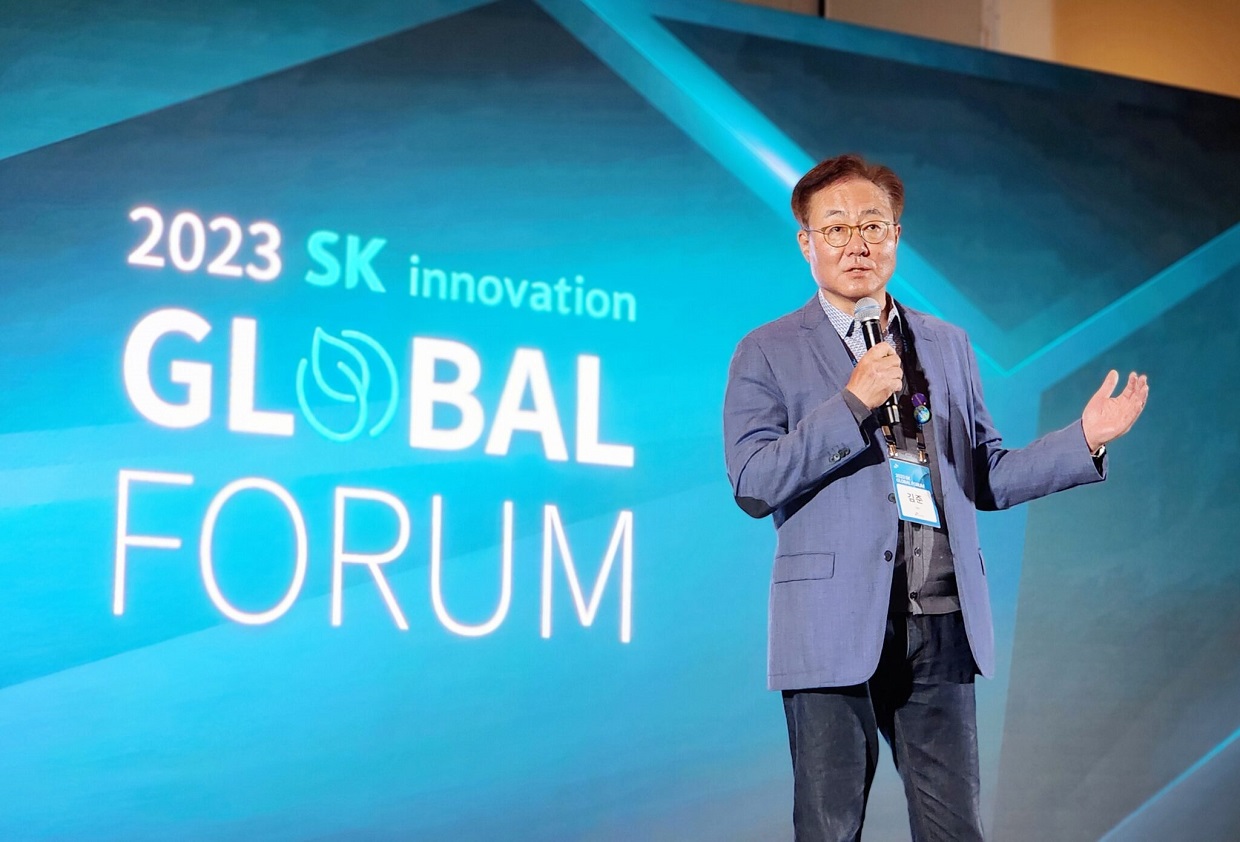
▲ Vice Chairman & CEO of SK Innovation Kim Jun greeting guests at the ‘SK Innovation Global Forum’ held in San Jose, California, USA on June 24, 2023 (local time).
While breadth indicators captured the variety or scope of their actions within the green energy domain, depth metrics assessed the intensity of the commitment that the firm had made towards green energy and related products. Identifying the commitment levels and actions in two different points in time allowed us to determine the trajectory of the green transformation efforts of each firm in the peer group and also identify relative ranking of such efforts across peers.
The peer analysis yielded the following findings:
1. Compared to peers, SK Innovation reflects a much greater level of intensity in its green transformation efforts and has been able to institutionalize the changes with respect to its mission, strategies, and reporting structures
2. Staying more focused to a set of high potential pathways underlining the transformation from carbon to green seems to have paid off for SK compared to its peers
3. With respect to its composite performance taking both depth of commitment as well as breadth of engagement into account, SK Innovation led its peers in 2022.
4. Receiving high scores for its level of strategic clarity and ability to clearly specify its carbon reduction objectives and corresponding deadlines, SK leads its peer group in the strategy dimension, a fact that was also acknowledged by the Carbon Disclosure Project, a non-profit agency that analyzes carbon reduction performance, which assigned SK a grade of A-. This was indeed the highest grade in the peer group.
5. SK Innovation appears to be following a well-balanced approach with respect to the number of green technologies that it is pursuing, placing it in the upper quartile of the pack.
6. From a technology strategy perspective, SK is following the path of “diversified explorers”, firms that explore multiple technologies simultaneously to assess the scalability and economics of a diverse set before narrowing the field to more focused alternatives.
7. The company clearly provides evidence of increasing ambidexterity skills, i.e., the ability to pursue efficiency and productivity in its existing legacy business while at the same time exploring new green energy technologies and business models to determine the ideal pathways to its green future
8. Markets tend to reward firms that display such ambidextrous skills and it can be seen from the market capitalization of the SK Innovation which has increased over five-fold in the last two decades
Thus, the peer group analysis underscored the progress that SK Innovation has made in realizing its green transformation objectives. Given evidence of the scorching pace that SK Innovation has established in comparison to its peers, it is logical to ask how the company has been accomplish this in such a short span of time especially when its peers, especially in North America, have not even set off down the path towards a green future.
There has even been recent evidence of backsliding among a few of the global energy companies that once led the charge into renewable energy. Thus, set in that context, it is important to identify the potential areas of advantage that SK Innovation has been able to harness in its quest to transform itself from carbon to green.
A peer group analysis based on quantitative evidence offers but one slice of the picture. While it can show us potential gaps between the focal firm and its peers, it stops short of providing a comprehensive picture because of its focus on tangibles. Since competitive advantage, especially the sources of sustainable advantage, are often rooted in intangibles, it is important to explore qualitative evidence to trace their relevance.
In this regard, we believe that SK Innovation’s green transformation journey is underpinned by three key sources of intangible advantage that has supported the fast-paced transformation that is underway. These include (1) a level of strategic clarity and simplicity that is easily transfused among multiple levels of the organization, (2) an ability to leverage legacy mechanisms and internal processes to deliver results on contemporary initiatives, (3) the willingness to embrace and nurture ambidexterity as an overarching capability that guides strategic thinking and implementation.
■ Achieving strategic clarity
Organizational leaders are vested with the important responsibility for not only making the tough strategic choices but also the onus of explaining their rationale behind the choices in internally consistent ways that are readily understood by the rank and file. Research shows us that failures in organizational leadership during periods of momentous change results from two shortcomings.
First is the leadership inability to see beyond the immediate horizon to decipher the larger changes that are looming ahead and the consequent inability to appreciate the gathering forces for change. Organizational history is replete with examples of firms that failed to effectively address changes even in the light of clear evidence that change was needed.
Second, the inability of leaders to communicate the central themes of the change strategy across the organization and marshal the resources needed to galvanize the firm into action. Even the best laid plans when poorly communicated and understood at the execution level, often fail to produce the intended results. SK Innovation’s leadership has demonstrated its ability to avoid these two shortcomings very effectively. In doing so, the company has been able to offer a level of clarity that is a crucial ingredient for success in a changing environment.
The environmental forces favoring a transition from fossil fuels to renewable sources had been gathering steam since many of the world’s nations signed the Paris Accords that sought to keep global temperature increases to 1.5 degrees Celsius this century. It was against this backdrop the Chairman of the SK Group, Mr. Chey Tae-won made a bold public commitment to reduce the group’s carbon footprint by 50% by 2030 and become a net-zero company by 2050.
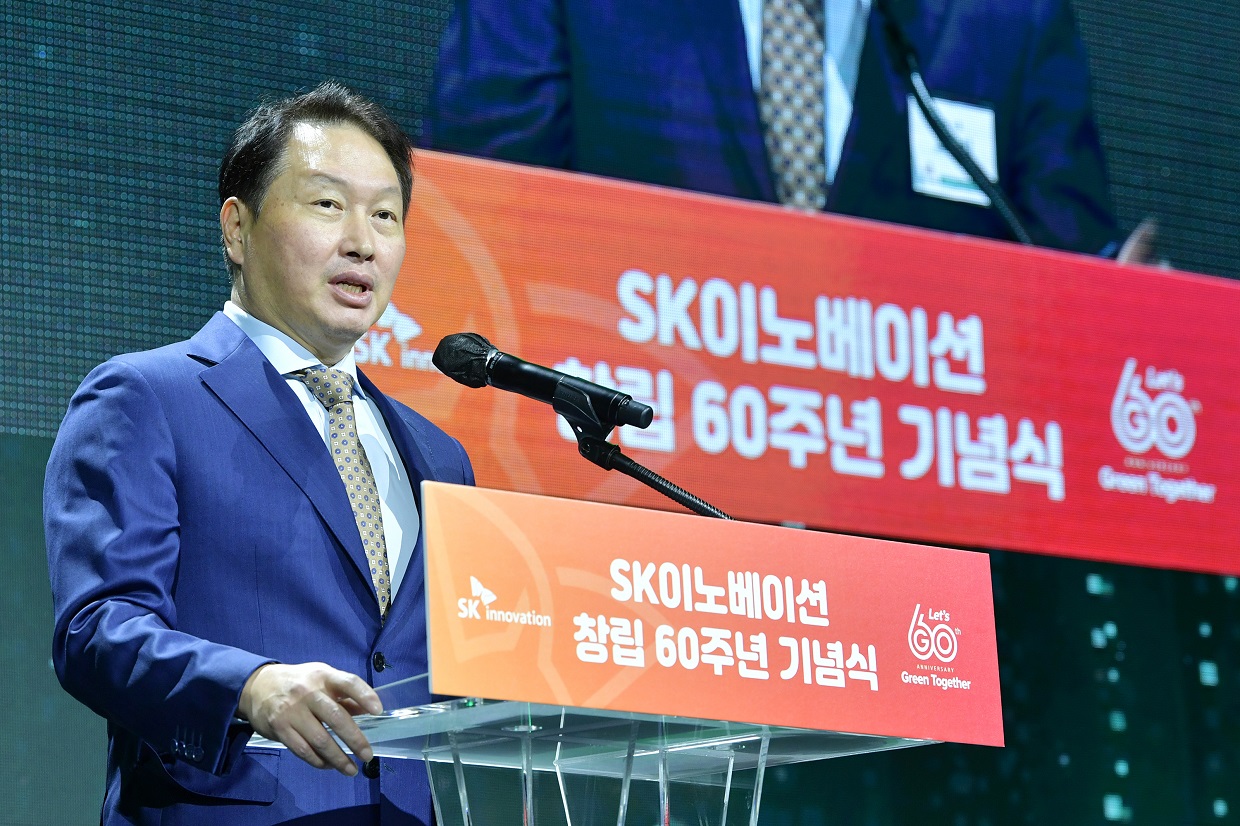
▲ Chey Tae-won, Chairman of SK Group, gave an opening speech at the ceremony commemorating the 60th anniversary of the founding of SK Innovation held at the International Conference Hall of the Korea Chamber of Commerce and Industry in Jung, Seoul on October 13 (local time).
At the time, there was much consternation about the ability of the group, especially its petroleum business, to reach such a lofty goal. It was even dismissed in some quarters as another green washing attempt that had become common among many global companies.
However, even in the short few years that have gone by, the results of actions undertaken by the group provide demonstrable evidence to the contrary. This can largely be traced to the clear vision among the leadership ranks, reflected in the Chairman’s statements and subsequent explication by Vice Chairman Mr. Jun Kim who declared, “We will become a green energy and green materials company through carbon to green innovation”. One central theme that has promoted clarity over the entire history of the SK Group is its technology focus. Thus, in crafting the green transformation strategy, it is not surprising that SK Innovation has begun to leverage the central role of technology in its green transformation journey.
The clarity of vision is part of a much deeper legacy that can be traced all the way back to the founder of the SK group (then called Yukong). In the late 1970’s when the world was witnessing another energy crisis, the late Chairman Mr. Chey Jong-Hyun envisioned the evolution of a technology-centric, forward oriented organization when he committed to the vision many decades ago.
He clearly delineated the primary focus of the group in declaring, “Technology development is something we must do first, and then the other areas, and we will not hesitate to invest in developing new technologies. I think Yukong should be reborn as a comprehensive energy company in the mid to long term. It should include coal, gas, electricity, solar energy, nuclear power, energy storage etc. In order to carry out these plans without difficulty, it is necessary to accumulate technology, and technology intensive direction.
The company has stayed true to this original vision that has been reinforced across different eras at the group, most recently by the current Chairman Mr. Chey Tae-won who has consistently reinforced the central role of research and development in the continued success of the company.
The strategies of each of the subsidiaries under SK Innovation clearly reflects the centrality of technology in the quest to transform from carbon to green. SK Geocentric for example has identified three key technology pathways namely pyrolysis, depolymerization, and solvent extraction as the means to achieve its carbon neutral goals. In doing so, it has relied on both in-house technology expertise as well as external partnerships with leading global partners to accelerate technology development and dissemination required for its Ulsan recycling cluster.
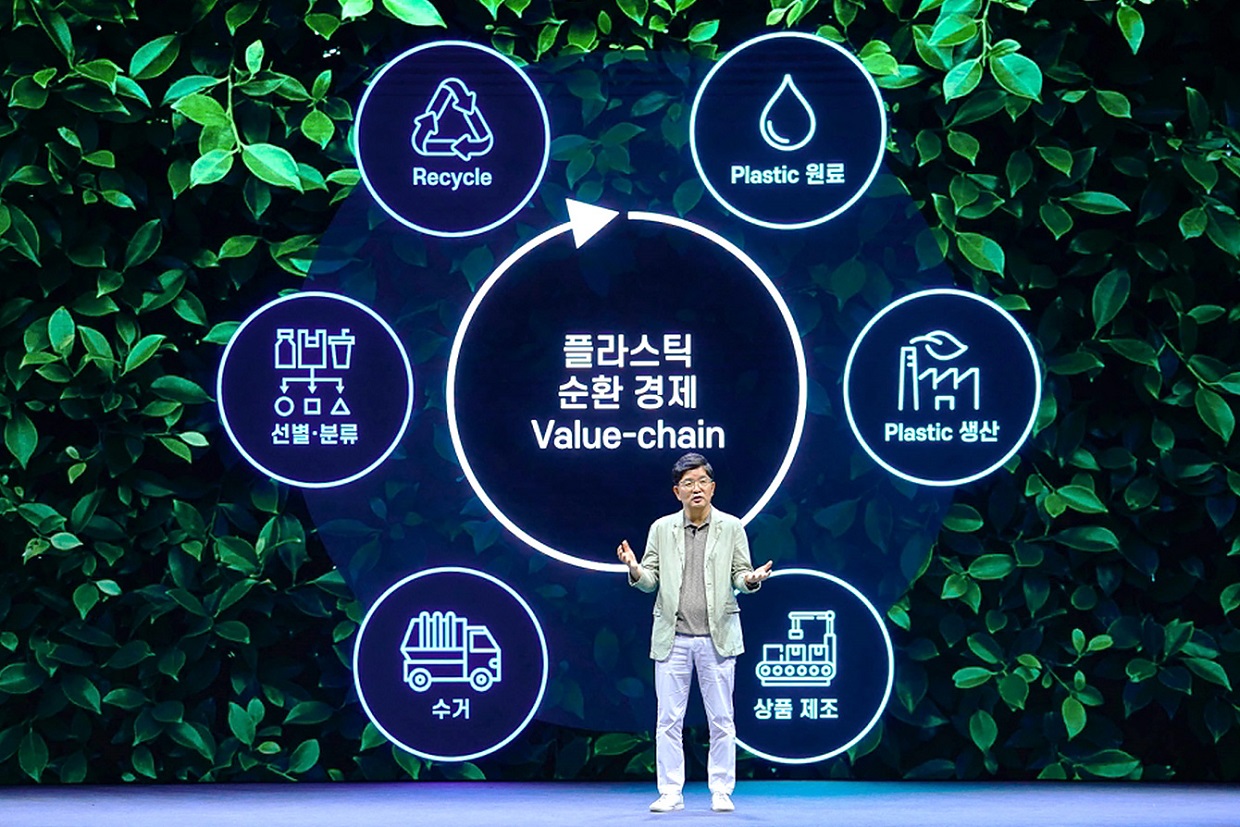
▲ SK Geo Centric CEO Na Kyung-soo participated in ‘Brand New Day’ in August 2021 and announced specific implementation plans for Financial Story.
Similarly, SK Innovation’s battery and battery materials businesses are engaged in techno-centric solutions to achieve life cycle sustainability for the products they produce. Thus, in essence, the legacy of the SK Group as a technology-focused organization has infused it with a culture of preparedness where the message seems to resonate among the rank and file who have made remarkable progress in the execution of the green transformation strategy. Much of the glue that binds the organization together in its pursuit of excellence is intricately enmeshed in its approach to systems and process which present yet another source of intangible competitive advantage.
■ Leveraging the legacy of SKMS and SUPEX Quest
It is hard to imagine that even in its relative youth, the founder of SK Mr. Chey Jong-hyun was already concerned about perpetuating a set of management practices that would bind the company together and create a strong amalgam of processes and culture that would be difficult to beat. It was in 1979 when Mr. Chey Jong-hyun observed, “In order for executives to discern the nature of management and reach a shared understanding, there should be common definitions and principles that delineate the nature of management for use by executives as the basis for decision making” and initiated the process to establish what became known as SKMS (SK Management System).
Comprising both static and dynamic factors, SKMS presents an amalgam representing the core philosophy of SK’s management approach, its relationship with its people, the community at large, and a set of principles that guide the implementation of strategy within the group companies. As the company clearly articulates their company’s culture as the core that collects the power of its members in order to build and run the systems required for effective management, SKMS*, as shared and agreed by all SK People, serves as the foundation for building SK’s culture. The management and corporate culture based on SKMS plays a significant role in the sustainable growth and development of SK”.
(*) SKMS (SK Management System): SKMS proposes the basic direction of business management, and is composed of SK management philosophy and methodology to implement this into the actual management.
The overall purpose, creating sustainable happiness, might seem a bit too vague or even obtuse at first blush but as they say, the proof is in the pudding. The Group has enshrined this purpose over several decades and has tireless pursued that purpose, embodying it within the SKMS approach as well as what is calls SUPEX Quest or the pursuit of super excellence – a type of exponential excellence necessitating a quantum jump in both strategic thinking and execution.
Taken together SKMS and SUPEX Quest provide the foundations for what has evolved into a common culture within the group. The value of this common core is reflected in the company’s ability to articulate a mission, strategy, and set of objectives that can easily percolate throughout the organization, imbuing the employees with a new sense of purpose towards excellence. The evidence of such an approach and the benefits of a strong culture are visible in the really short time frame within which SK Innovation has initiated actions in multiple fronts along its path from carbon to green. It is worth repeating that of all the peer companies examined, SK Innovation was the one that had demonstrated the steepest climb in the shortest time period in terms of its pursuit of a green future.
■ Ambidexterity – the final frontier
The transition from carbon to green is hardly an easy endeavor. It represents perhaps one of the most significant challenges that humanity has faced over the arc of its evolution. Thus, it calls for extraordinary skills on behalf of leadership and management to be able to address.
One of the most critical challenges associated with this transformation is the difficulty in managing to deliver consistent returns from the current businesses which are based on fossil fuels while at the same time exploring options that could potentially replace the current business at some point in the future.
This balance between exploitation of current resource strengths while staying committed to exploring new sources of strength is a difficult paradox to navigate. Often, firms tend to either lean towards businesses that they are familiar with hoping to fight for its survival against all odds, or are too quick to jump in pursuit of new opportunities that might never fructify.
However, the best performing organizations that continue to deliver performance via a set of sustainable competitive advantages, are the ones that are ambidextrous in that they institute structural mechanisms, shared processes, and cultures that allow them to pursue both exploitation and exploration at the same time. Reflecting this belief in ambidexterity, Chairman Chey Tae-won asserted, “We believe that R&D is the company’s hope because it is impossible for the business to take off without a technology jump. The role of R&D is to ensure that the current business continues to play an important role in the portfolio by proactively identifying what is needed in the coming years.”
How is SK Innovation demonstrating this rare set of capabilities associated with ambidexterity? In the realm of exploitation, SK Innovation’s path to green clearly specifies the steps that the company is taking to increase efficiency and productivity of its current fossil fuels businesses.
Many of the constituent actions such as improving operating efficiency, limiting the use of high emissions facilities, and relying more on electricity generated from renewable sources have already been underway for over two years now and have resulted in the reduction of carbon emissions. Actions such as heat source recovery and upcycling, reducing water waste, and using renewable feedstock are all well within the domain of capabilities that the company already possesses and therefore within grasp.
These are all emblematic of the company’s pursuit of exploitation-based advantages, i.e., sharpening operations in current businesses that will result in an overall reduction of emissions and consequently contribute to the vision of halving emissions by 2030 and net-zero by 2050.
On the exploration side, the company has branched into multiple areas of new technologies each of which has been methodically organized around a set of transparent responsibilities that promote accountability either by setting up separate business entities with the autonomy and resources to pursue these new opportunities (e.g., SK On, SK IE Technology) or through the institution of joint ventures and collaboration agreements that focus on individual technology domains (e.g., pyrolysis, solvent extraction, depolymerization). By setting up independent entities in new technology areas such as the development of battery materials, battery metal recycling, SK innovation demonstrates its intent to pursue exploration-based advantages as well.
An abundance of research shows that markets favor companies that build and nurture ambidextrous skills and there is evidence of that already in the case of SK Innovation. Its market capitalization has increased over five-fold in the past two decades and has beaten the KOSPI index quite handily during the same time frame.
■ Looking ahead
Taken together, the peer group analysis and the exploration of sources of sustainable competitive advantage suggests that SK Innovation is on a firm footing to accomplish its green transformation mission. Armed as it is with several important sources of intangible advantage, the journey ahead promises to be a successful one.
Nevertheless, as is the case with any successful organization, there will be challenges to navigate before the company can realize its end goals. Several of SK’s peers it must be noted are investing in similar technologies ranging from pyrolysis to depolymerization and battery materials.
The arena for technology-based competition can be expected to intensify as companies seek to hone their green transformation efforts. Whether SK Innovation can continue to achieve a balance between exploitation and exploration will a critical determinant of its success because the demand for fossil fuels and related products do not seem to be abating anytime soon even as the world clamors for safer alternatives.
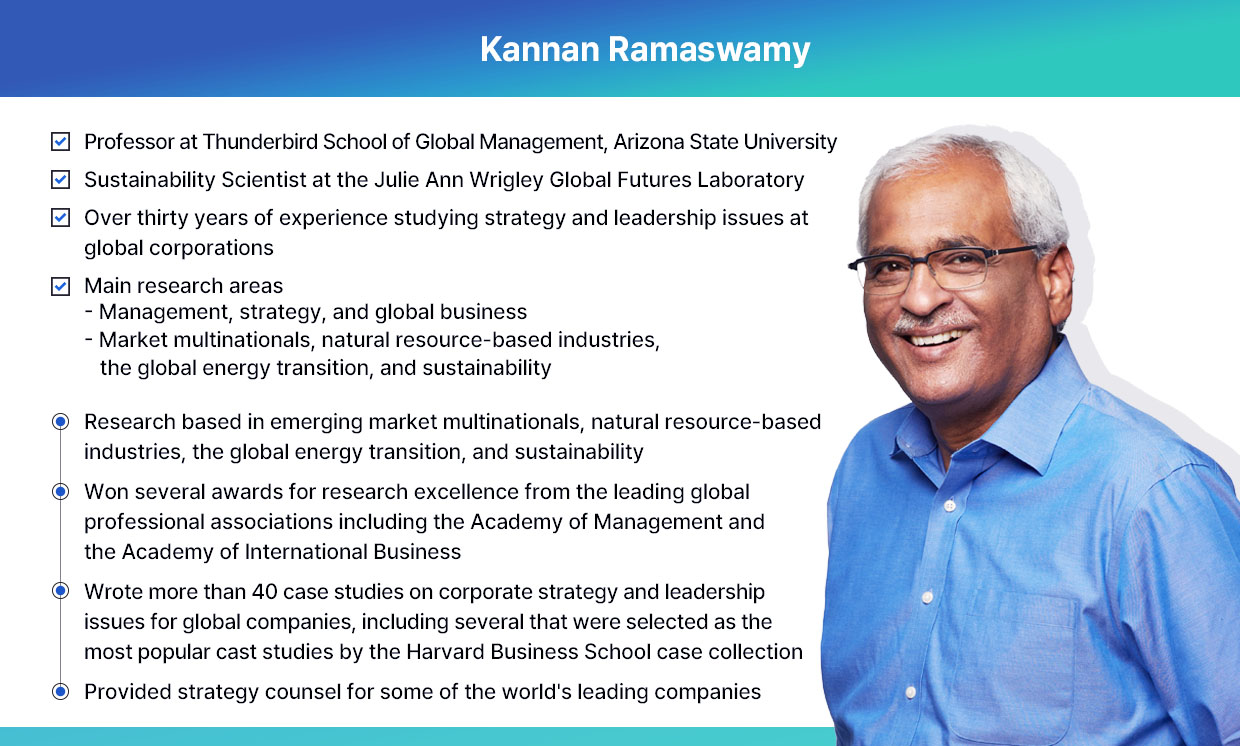










 Youtube
Youtube Facebook
Facebook Instagram
Instagram Linkedin
Linkedin











